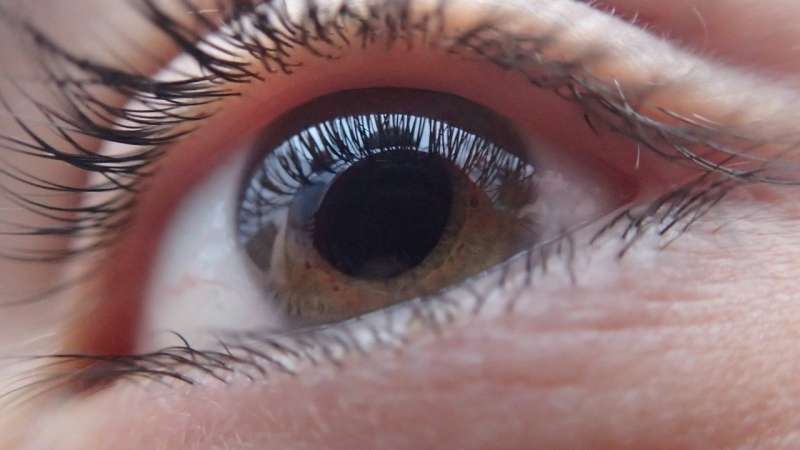Credit: CC0 Public Domain
To understand more about how we respond to what we see around us, a team of scientists at NERF has zoomed in on the organization of neurons in the superior colliculus, a midbrain structure that mediates orientation responses to visual cues. They found that neurons with similar selectivity are clustered together and that there is a sharp transition in neuronal selectivity along the border where sensory information from both eyes meets.
To understand how visual information guides behavior, we need to know how these responses are orchestrated in brain structures that are important for behavior. One such structure is the superior colliculus: a layered component of the midbrain that plays a role in the orienting responses of the eye, head and body towards objects in our environment.
Direction and orientation
To characterize the functional properties of neurons in the superficial layers of the mouse superior colliculus, the research team at NERF (VIB-KU Leuven-imec) imaged neuronal activity of individual neurons in awake, head-fixed mice that were looking at moving visual stimuli on a screen.
"Neurons that responded best to a particular direction of motion were considered to be direction-selective cells, those that responded best to a particular orientation of the moving visual cue—independent of the direction of motion—were considered to be orientation-selective," explains de Malmazet, PhD student in the Farrow lab.
Putting this information together, the team found that direction-selective neurons cluster anatomically by preferred direction. But what is the biological meaning of this grouping?
The monocular-binocular border
Mice, like humans, have two eyes, which means that for part of their visual area, they get information inputs via both, while other parts are only visible to one eye. One prominent natural border in the visual processing structures of the brain is formed where information from the two eyes meets: the monocular-binocular border.
It turns out that this border also delineated different responses to movement-registering neurons. "We found that the border between the monocular and binocular zone acts to partition neurons in terms of their activity as well," explains Karl Farrow.
Together, these results illustrate the important connection between the spatial organization of our visual field and the response properties within the visual system. "They also suggest we may need to re-analyze receptive field organization within the superior colliculus from an ecological perspective," says de Malmazet. "We tend to think of how we process visual information based on our own experiences, but the way neurons are organized in the brain is very much linked to how animals interact with their world."
More information: Daniel de Malmazet et al. Retinotopic Separation of Nasal and Temporal Motion Selectivity in the Mouse Superior Colliculus, Current Biology (2018). DOI: 10.1016/j.cub.2018.07.001
Journal information: Current Biology
Provided by VIB (the Flanders Institute for Biotechnology)
























